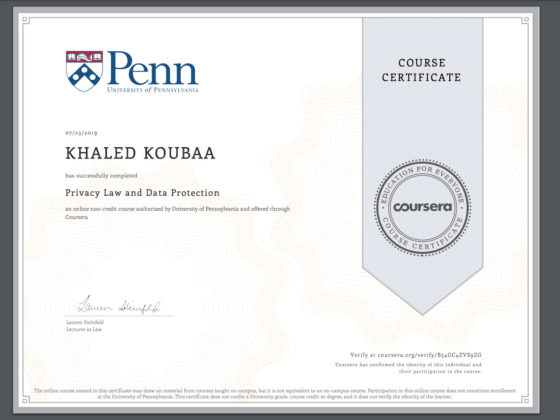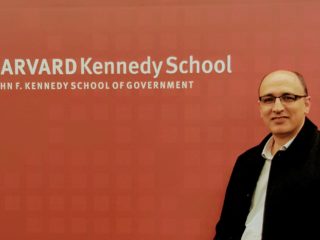This course on International Cyber Conflicts by the State University of New York is thought by Sanjay Goel, Associate Professor & Chair of Information Technology Management, School of Business.
Course description :
By nature, cyber conflicts are an international issue that spans across nation-state borders. By the end of the course, you will be able to apply the knowledge gained for analysis and management of international cyber incidents and conflicts including for activities such as the development of policy related to cybercrime and cyberwarfare. Management of cyber incidents and conflicts requires an interdisciplinary perspective including an understanding of:
1) characteristics of the cyber threats and conflicts themselves,
2) international efforts to reduce and improve cybersecurity, and
3) psychological and sociopolitical factors.
The course is designed to reach an international audience and will encourage discussion on relevant current events among participants to enrich the experience with various personal and cultural perspectives on cutting-edge issues. In addition, assignments and other assessments will supplement video lectures and selected readings to ensure the application of the material.
After taking this course you will be able to:
- Identify different types of actors involved in cyber threats (individuals, organizations & nation-states)
- Distinguish between different types of threats and issues in cybersecurity including, data theft, political espionage, critical infrastructure protection, and propaganda • Detail the basic characteristics of the Internet infrastructure and international efforts to address Internet governance
- List several international efforts to address cybercrime and espionage
- Evaluate how principals that govern international conflicts might be applied in the context of cybersecurity
- Apply different psychological theories of human motivation and cooperation and communication and political theories in the analysis of different international issues related to cybersecurity including censorship, media operations and role of social technologies.










